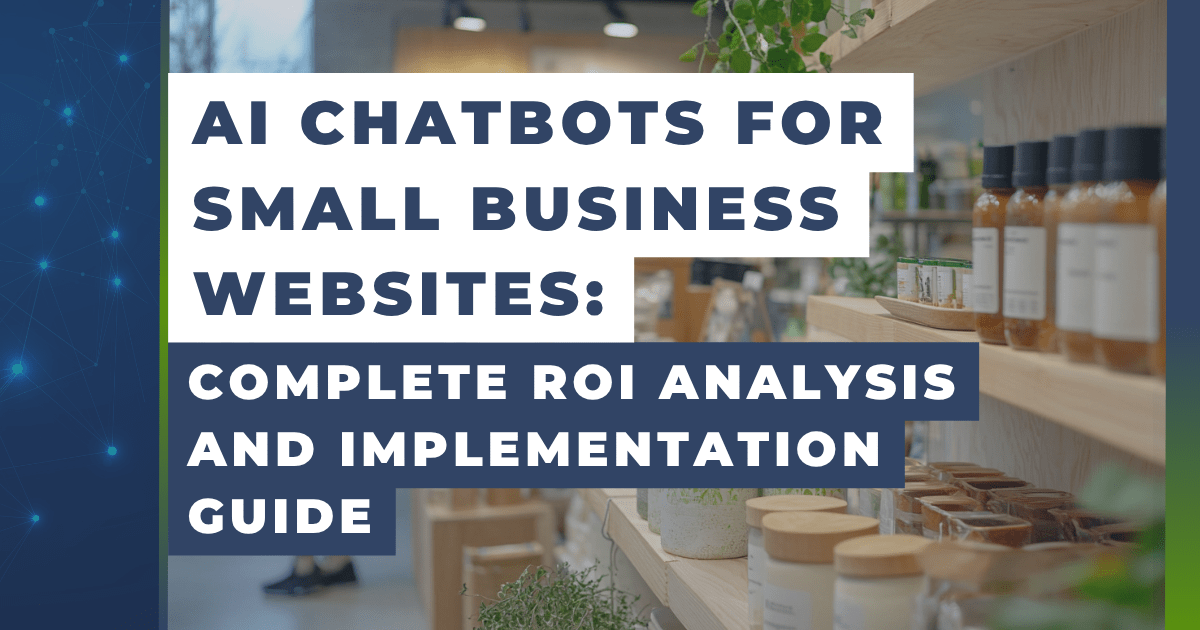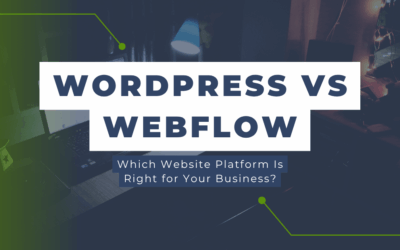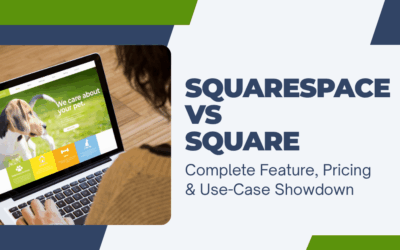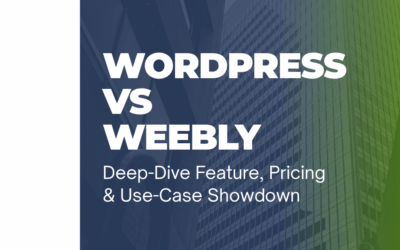AI chatbots are no longer a novelty — they are a critical tool for small businesses seeking to streamline customer support, qualify leads, and operate cost-effectively. Yet, the decision to adopt a chatbot isn’t about chasing trends — it’s about understanding the real return on investment (ROI) and whether the long-term gains justify the upfront costs and effort.
This guide delivers a vendor-agnostic, data-driven roadmap to help small business owners evaluate, implement, and measure chatbot systems. Unlike opinion-heavy or sales-driven content, this post focuses on hard numbers, implementation frameworks, and scalable strategies tailored to service-based small businesses.
Chatbot ROI Calculator and Cost-Benefit Analysis vs Human Customer Service
To evaluate chatbot ROI, business owners must start with a side-by-side cost and performance comparison against traditional human support models.
Cost Breakdown: AI Chatbots vs Human Support
| Expense Category | Human Customer Support | AI Chatbot System |
|---|---|---|
| Salary | $36,000 – $60,000/year | $50 – $500/month (SaaS) |
| Training time & cost | 1–2 weeks + materials | 1–3 hours for setup |
| Availability | 40 hrs/week | 24/7/365 |
| Consistency in responses | Varies per agent | High (once trained) |
| Scalability | Costly (new hires) | Scalable instantly |
| Error rate | Medium | Low (after optimization) |
Sample ROI Scenario
A local HVAC service company receives ~800 monthly inquiries. With a $20/hour support agent handling 50 inquiries/day, that’s ~16 hours/week or $1,280/month in labor costs.
A properly trained chatbot can handle 80% of repetitive inquiries, reducing agent time to ~3 hours/week. Now support labor drops to ~$240/month + ~$150 chatbot SaaS = $390/month total, saving ~$890/month or $10,680/year.
Add in lead capture improvements, and ROI increases even further.
Use Case ROI Formula:
ROI = [(Savings on Support Costs + Additional Revenue from Captured Leads) – Chatbot Costs] ÷ Chatbot Costs
✅ Downloadable ROI calculator (Excel/Google Sheets) available at the end of this post.
Step-by-Step Chatbot FAQ Flow Training Guide for Service-Based Websites
One of the biggest failures in chatbot implementation is poor training — especially for service businesses with complex, location-specific, or seasonal offerings. Here’s how to train your bot properly:
1. Identify Top Repeated Questions
Audit emails, call logs, and contact forms for recurring queries. Use tools like:
- Google Analytics (Site Search report)
- CRM support logs
- Live chat transcripts
Common categories for service businesses:
- Pricing
- Service availability by ZIP code
- Appointment booking
- Operating hours
- Emergency services
2. Categorize and Tag Questions
Group similar questions under themes. For example:
- Pricing FAQs: “How much does X cost?” / “Do you offer free estimates?”
- Scheduling FAQs: “Can I book online?” / “What’s your availability on weekends?”
3. Create Answer Blocks with Follow-up Options
Example structure for HVAC business:
- Q: “How much does a system replacement cost?”
- A: “Most system replacements range from $4,000 to $9,000 depending on system type and home size. Would you like a free consultation?”
- [Yes, schedule now]
- [Tell me more about pricing]
4. Integrate Escalation Paths
No chatbot can cover 100%. Set conditions to hand off to human reps:
- After 3 failed attempts
- If the topic includes sensitive issues (e.g., billing disputes)
- Based on sentiment detection (e.g., frustration)
5. Iterate Monthly
Review missed questions and add to your knowledge base. Prioritize based on frequency and business value.
How to Build and Implement Chatbot Lead-Scoring Systems for Service Businesses
Beyond answering questions, chatbots can qualify leads before handing them off — saving time and improving sales conversion.
Why Lead Scoring Matters
Not all inquiries have equal value. A chatbot should identify which leads are:
- Ready to buy
- Just browsing
- Unqualified
Core Elements of a Lead Scoring Chatbot
| Attribute | Scoring Criteria Example |
|---|---|
| Location | Inside service area = +5, outside = 0 |
| Urgency | “Need service today” = +10 |
| Budget | Above average budget = +7 |
| Service type | High-margin services = +6 |
| Contact details given | Phone/email provided = +5 |
Example chatbot flow:
Bot: “What type of service are you looking for?”
User: “AC installation”
Bot: “Is this for your home or business?”
User: “Home”
→ Assign score: +5
Then continue: “How soon are you looking to book?”
→ “Today if possible” → +10
Once the lead crosses a scoring threshold (e.g., 20 points), auto-send details to a sales rep or CRM with a “hot lead” tag.
Tool stack recommendation (vendor-agnostic):
- Use any no-code chatbot builder (e.g., Tidio, Landbot, Botpress)
- Add hidden scoring logic in flows
- Integrate with CRM using Zapier, Pabbly, or native connectors
Vendor-Agnostic Chatbot ROI Analysis Framework for Small Businesses
To keep decisions platform-independent, use this 4-step ROI evaluation framework before selecting any chatbot vendor:
1. Define Success Metrics
Set concrete KPIs based on business model:
- Cost per support interaction (target: <$0.10/chat)
- Conversion rate from chatbot leads (>10%)
- % of inquiries handled without escalation (>70%)
- Average resolution time reduction (>50%)
2. Benchmark Against Human Labor
Use internal data:
- Current support costs
- Average ticket resolution time
- Missed inquiries during off-hours
- Lead response times
Then calculate potential savings and revenue gains.
3. Estimate Implementation & Maintenance Time
Include:
- Setup/training (4–12 hours typical)
- Monthly updates to flows (1–2 hours/month)
- Staff onboarding for fallback support
4. Pilot & Measure
Start with a 30-day pilot:
- Use a single service vertical (e.g., plumbing repairs only)
- Track chatbot conversations
- Measure support savings, lead conversions, and customer satisfaction
Run A/B comparisons with traditional live chat or forms.
Pro Tip: Avoid vendor lock-in by exporting training data, FAQs, and scoring logic regularly.
Final Thoughts
Implementing AI chatbots can significantly reduce overhead and improve customer experience — but only if done strategically. Small businesses that approach chatbots with a clear ROI framework, well-trained FAQs, and lead qualification logic are positioned to gain the most. Forget the hype — use numbers, flows, and process-driven decisions.
Resources to Download:
- Small Business Chatbot ROI Calculator (Excel/Google Sheets) (coming soon)
- Chatbot FAQ Training Template (coming soon)
- Lead Scoring Flow Builder Worksheet (coming soon)




